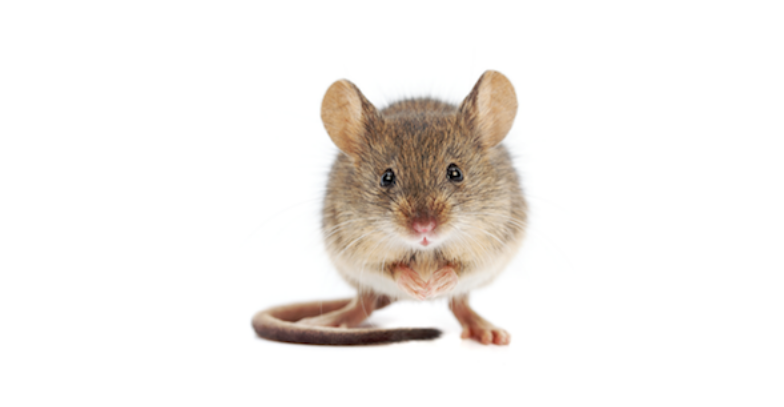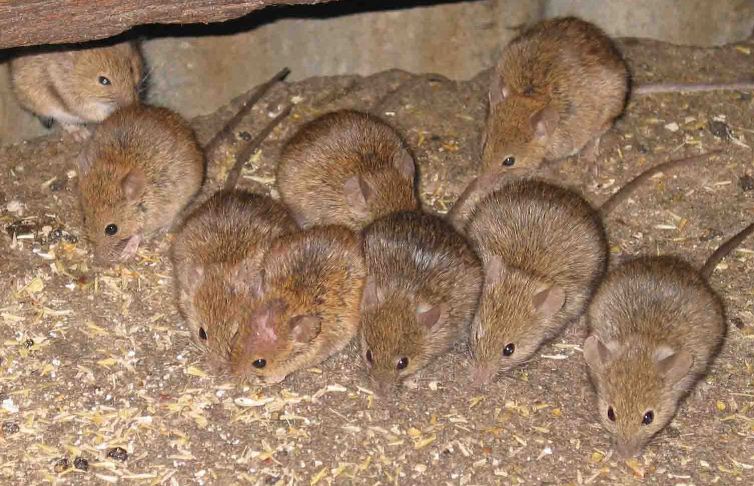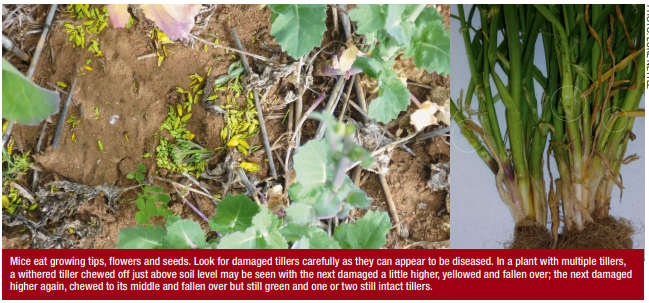2021- the Year of the Mouse

Welcome back for yet another blog!
Lately, we’ve had an influx of urgent enquiries for short-term storage. Why, you may ask? MICE! Grain bags can be sufficient to store small amounts of grain in the short term, provided the perfect conditions. However, as we all know, those conditions are incredibly rare. Reports of rodents damaging bags are flooding in, people are losing tonnes of grain in a short matter of time. Agricultural supply shops through to hardware stores have been left with empty shelves as residents try to grapple the spike in numbers.

Mouse plagues occur most frequently around southern and eastern Australia. Grain-growing regions are hot spots, and with the success of the 2020 harvest, it comes as no surprise. Typically, a plague will come every four years, varying in severity. According to the CSIRO, a mouse population density of about 800-1000 mice/ha is considered a mouse plague. Anything over 200 mice/ha is said to cause economic damage. The ideal breeding conditions for mice come with generous rainfall and a plentiful food supply. With female mice reaching sexual maturity at around 6 weeks of age, breeding begins in spring and continues into autumn. As the temperature drops, most plagues will have passed by July.

In 1993, Australia’s worst ever mouse plague caused an estimated $96 million worth of damage. The mice destroyed thousands of hectares of crops and even resorted to attacking livestock in piggeries and poultry farms. The impact isn’t limited to feed though, they chewed through rubber and electrical insulation, damaged vehicles and machinery and ruined buildings. 2010 saw a plague almost as bad, affecting three million hectares of crops across Australia.
We highly recommend you all complete a mouse chew card test. The GRDC developed test involves soaking a paper grid in oil and leaving it around your paddocks, sheds or storage overnight and assessing the damage the following morning. This will give you an indication of the severity of your infestation. LINK https://grdc.com.au/__data/assets/pdf_file/0026/307961/Mouse_card_A4web_compressed.pdf
Another useful tool for keeping track of pests and rodents on your property is the FeralScan Pest Mapping mobile phone app. The free program allows you to record sightings, damage and keep track of control activities. With your permission, the app will share your data with relevant government departments to monitor pest levels and allocate resources accordingly.
The main method of controlling mice is using rodenticides; however, these can pose a large risk with many reports of accidental baiting occurring each year. Integrated pest management (IPM) is the most recommended technique, resulting in a more effective, long-term result. IPM combines baiting, trapping, habitat manipulation, removing refuge habitat and removing food availability.
Mice are known to feed on absolutely everything, even live animals. So, protecting what you can is an absolute must. As I tell you time and time again, silo maintenance is paramount to preserving the quality of your grain, rodents are a perfect example of why. Mice can get through gaps as small as the width of a pencil, so checking on the integrity of your storage is a must. Another major thing you can do to protect your grain stores is cleaning the entire area surrounding your silo. Ensure that all spilt grain and grain dust are removed from the area, it will also help to poison off any weeds within a 5-metre radius.

Did you know that mice and rats cannot vomit? That is why a phosphine treatment is effective in killing mice that may have already breached your silo. Zinc phosphide is stable in air but reacts with stomach acids to release phosphine gas which in turn, kills the mice. In-crop baiting is also available and can be used in the area surrounding your silo. Wheat grain baits such as ‘Mouseoff’ and ‘Surefire’ are a few of the only baits currently registered for use in Australia. Following baiting, you will need to monitor the situation over 14 days before considering whether further treatment is needed.
Adequate grain storage is a necessity when it comes to protecting your hard work. Not only that, but times like these are when many people reconsider their decision to forgo a fumigation system. With proper maintenance all HE Silos are effective in preventing mice from entering your storage.
For more information on a full maintenance and cleaning checklist for your silo, click here > https://grainst.com.au/2020/10/15/your-2020-harvest-checklist/

That’s me signing off
Good luck to all of you with the current conditions, be sure to check those silos regularly!
Steve, the Silologist
More Information:
https://professionalpestmanager.com/what-are-the-causes-of-a-mouse-plague/
http://storedgrain.com.au/wp-content/uploads/2013/06/24.pdf
https://grdc.com.au/__data/assets/pdf_file/0015/207321/mousemgtsep1120fact20sheet.pdf

